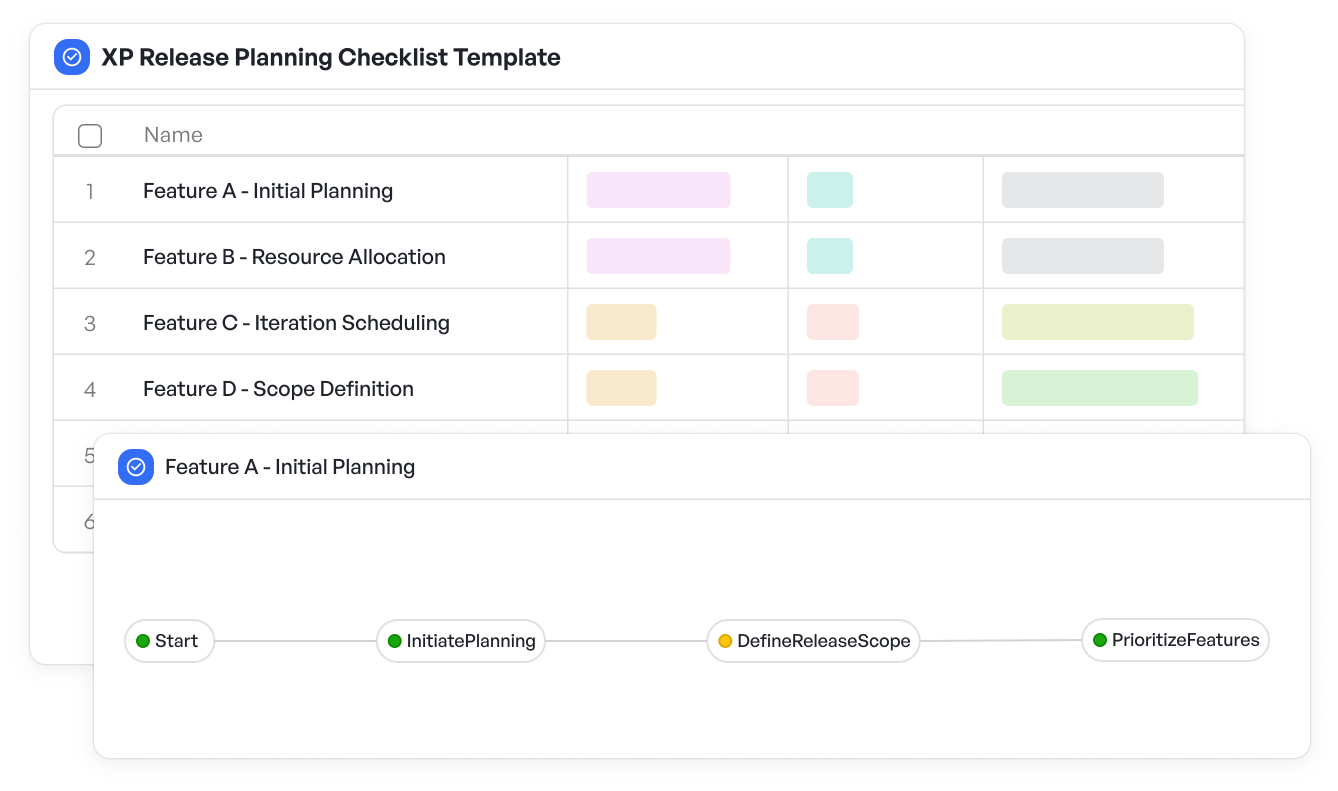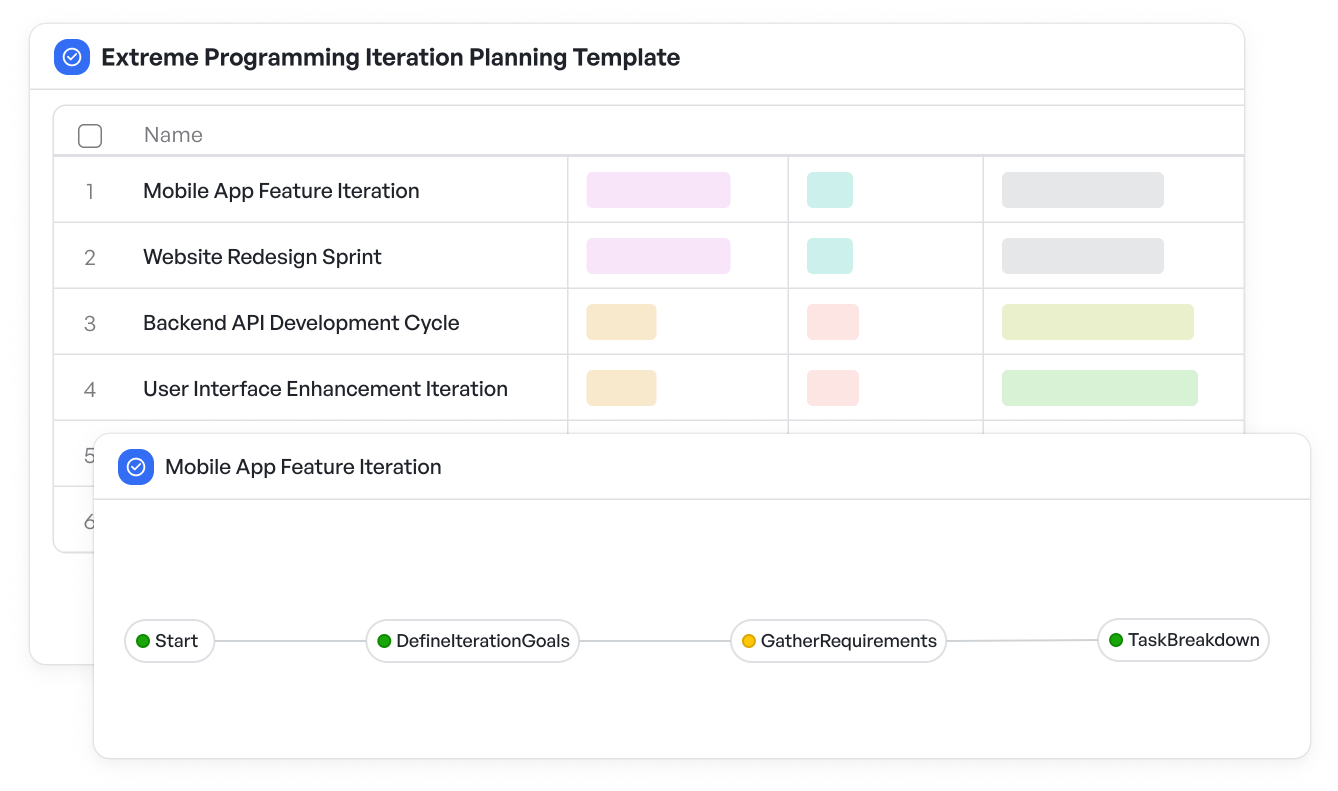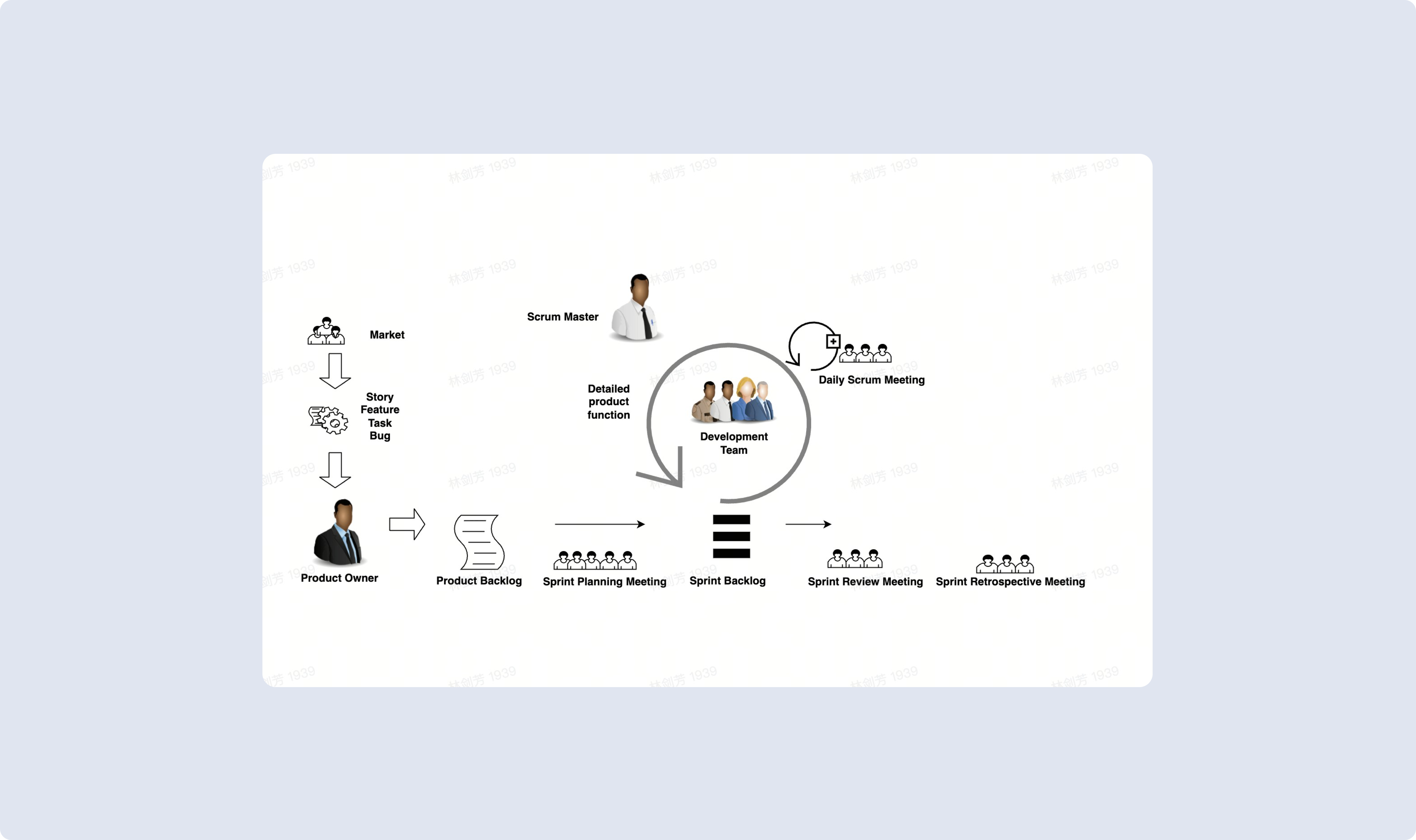How to Implement Extreme Programming in Telecommunications

Extreme Programming (XP), an Agile methodology, is known for its focus on collaboration, rapid feedback, and high-quality outputs. Traditionally applied in software development, XP’s principles can be applied effectively to telecommunications as well. The fast-paced nature of telecommunications, where customer needs and technology evolve rapidly, makes XP a valuable approach for improving both the speed and quality of service delivery.
In this article, we will explore how telecommunications companies can implement XP to enhance product quality, streamline operations, and improve responsiveness to customer needs. We’ll also discuss how Meegle’s tools and resources can support this transformation.
Understanding Extreme Programming (XP)
Extreme Programming (XP) is a software development methodology that emphasizes customer satisfaction through constant communication, simplicity in design, rapid feedback, and a focus on technical excellence. Although it originated in the tech world, XP's core principles can be beneficial in industries like telecommunications, where speed, adaptability, and customer-centric solutions are key to success.
XP encourages teams to work in short, iterative cycles, making incremental improvements to the product. The focus on continuous feedback, small releases, and collaboration makes XP highly effective in fast-moving industries like telecommunications, where requirements change quickly, and customer expectations are high.
Key Principles of XP
XP is driven by five core principles that can significantly enhance the way telecommunications teams work together and deliver value:
- Simplicity: Striving for the simplest solution that meets customer needs, avoiding overengineering or unnecessary complexity.
- Communication: Constant, clear communication between developers, business stakeholders, and customers to ensure everyone is aligned.
- Feedback: Rapid, continuous feedback from customers, stakeholders, and automated tests to identify and address issues early.
- Courage: Having the courage to make necessary changes, adapt to new technologies, and address challenges head-on.
- Respect: Encouraging mutual respect between team members, stakeholders, and customers to foster collaboration and trust.
These principles are crucial in telecommunications, where the complexity of the infrastructure and the fast-changing demands require teams to adapt quickly and efficiently.
Download the XP Release Planning Checklist Template for free

XP Practices in Telecommunications
Several XP practices can be particularly valuable in the telecommunications sector, helping companies deliver faster, more efficient solutions while maintaining high service quality.
1. Test-Driven Development (TDD)
TDD, a cornerstone of XP, involves writing tests before code, ensuring that solutions meet the specified requirements. In telecommunications, TDD can be applied to network protocols, billing systems, and customer service platforms to ensure that services are reliable and meet quality standards before deployment.
2. Pair Programming
Pair programming, where two developers work together at one workstation, can be applied in telecommunications to foster collaboration between software developers, network engineers, and other technical teams. This practice ensures higher quality code and faster troubleshooting, as two minds are better than one in solving complex problems.
3. Continuous Integration (CI)
In telecommunications, CI can be used to integrate new software or system updates continuously, allowing for quicker identification and resolution of bugs. By automating the integration of new code, telecommunications teams can maintain system stability while deploying regular updates, which is essential in the fast-evolving telecom industry.
4. Swarming and Collaborative Problem-Solving
Swarming is an XP practice where the entire team comes together to tackle a problem as soon as it arises. In telecommunications, this approach can be used to address issues like network outages or customer complaints in real time, ensuring fast resolutions and minimal downtime.
Download the Extreme Programming Iteration Planning Template for free

Benefits of XP in Telecommunications
Implementing XP in telecommunications can provide several key benefits that align with industry goals, such as improving service delivery, reducing errors, and fostering innovation.
1. Enhancing Product Quality
XP's emphasis on simplicity, testing, and feedback ensures that products and services meet high standards of quality. In telecommunications, this means fewer service outages, more reliable customer service platforms, and faster rollouts of new features.
2. Responsiveness to Customer Requirements
Telecommunications is a highly customer-centric industry. XP’s iterative cycles and continuous feedback help ensure that customer needs are met quickly. With rapid updates and improvements, companies can address customer concerns and requirements before they escalate.
3. Quick Feedback Loops
XP encourages feedback loops that allow teams to identify problems and make improvements rapidly. In telecommunications, where customer expectations are high, quick feedback ensures that issues like network failures or service disruptions are addressed in real time, enhancing customer satisfaction.
XP vs Other Development Frameworks
XP’s Agile nature allows for significant flexibility and adaptability. However, it’s useful to compare XP with other development frameworks to understand when it might be the best fit for telecommunications.
Comparing XP to Scrum

XP and Scrum share many similarities, such as their emphasis on iterative development and collaboration. However, XP places a greater focus on technical excellence and practices like TDD and continuous integration. Scrum, on the other hand, focuses more on team organization and roles, making it a better fit for project management in telecommunications.
XP vs Waterfall Methodology
Waterfall is a traditional development model that is linear and rigid, with each phase dependent on the completion of the previous one. XP, by contrast, is flexible and iterative, making it ideal for telecommunications companies that need to respond to changing customer needs and rapidly evolving technologies. XP allows for quicker adjustments and continuous improvement, while Waterfall can be slower to adapt.
Choosing the Right Framework for Telecommunications
Choosing the right development framework depends on the specific needs of the telecommunications business. If a company is looking to deliver high-quality, customer-focused services with frequent updates, XP’s iterative approach will likely be the best fit. If the company’s focus is on structured project management and team roles, Scrum might be a better option.
Challenges of Implementing XP in Telecommunications
While XP can bring many benefits to the telecommunications industry, it also comes with its challenges, particularly in adapting to a traditional industry.
1. Cultural Shifts Needed
Implementing XP requires a cultural shift towards collaboration, openness to feedback, and continuous improvement. Telecom companies that are accustomed to hierarchical structures may face resistance when trying to implement the level of teamwork and transparency XP demands.
2. Overcoming Resistance to Change
Resistance to change is a common challenge in any industry, and telecommunications is no exception. Telecom teams may be hesitant to adopt new Agile practices like pair programming or TDD. Education, training, and gradual implementation can help overcome this resistance.
Unlocking the Full Potential of Extreme Programming in Telecommunications
Extreme Programming offers telecommunications companies a powerful tool for enhancing product quality, improving responsiveness to customer needs, and maintaining continuous improvement. By embracing XP’s core principles and practices, telecom businesses can adapt quickly to changing demands and deliver high-quality services to their customers.
Meegle’s collaborative platform helps teams work more efficiently, improve communication, and quickly adapt to market demands.
Start optimizing your telecom services with XP!
The world’s #1 visualized project management tool
Powered by the next gen visual workflow engineRead More
Check All BlogsStart creating impactful work today



